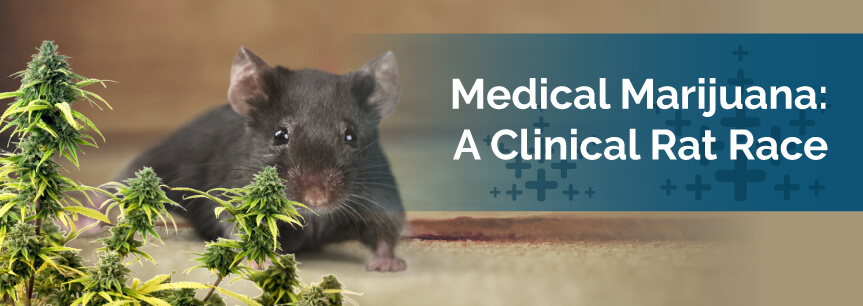
In a growing number of destinations, people can legally buy marijuana simply by walking into the many purpose-built stores and coming out with their favorite varieties. They can also purchase accessories, plus novelty items like brownies and candy that also contain the substance.
Because selling, buying and possessing marijuana are activities that have been given the go-ahead with increasing frequency, some people forget or are completely unaware that marijuana is still classified as a Schedule 1 drug in the United States. It shares that category with other well-known substances like LSD and ecstasy.
This distinction makes marijuana illegal at the federal level despite the fact people can use it medicinally in 25 states.
Marijuana use wasn’t always so closely monitored. Before the rise of modern medicine, the drug was depended upon in many cultures to treat dozens of ailments. Because authorities in the United States are so strict about marijuana, many researchers encounter obstacles while trying to conduct experiments with it. Sometimes, they’re forced to outsource their projects to other countries where the classification for marijuana is not as restrictive. Israel is one of those places.
In Israel, people can only use marijuana for medicinal purposes, but it’s still much easier for scientists to carry out clinical trials there compared to the United States or even the United Kingdom, where marijuana is part of the second-most-dangerous group of controlled substances.
Israel is considered one of the leading places to carry out research related to medical marijuana because it’s one of only three countries in the world that has a government-backed cannabis program. Such research has been going on there for five decades. As a result, U.S.-based investments in Israeli medical marijuana research total $100 million.
Sometimes, the reasons why researchers hold their clinical trials outside the United States don’t just relate to ease of access and less stringent legislation. It’s often about the lack of stigma. Even though yearly statistics show no fatalities associated with marijuana overdoses, over a quarter of the 79 trials taking places throughout the United States focus on the negative effects of the drug.
The rest involve studying marijuana to see how it might affect people suffering from ailments ranging from multiple sclerosis to COPD. Although it’s encouraging to see that kind of research going on, many trials still skew towards trying to discredit marijuana instead of seeing it as a potentially valuable way to ease debilitating symptoms.
In contrast to marijuana-related clinical trials in the United States, the ones in Israel are much more likely to examine ways to use marijuana in treatment plans for people who need relief from the symptoms associated with severe illnesses. The trials are not just restricted to a few types of marijuana, either — more than 50 kinds are being studied.
Scientists there have also looked at how the drug affects hundreds of cancer cell types and can offer that research to interested companies.
Projected economic data for Israel indicates marijuana makes up 33 percent of the country’s gross domestic product. Clearly, the benefits span beyond the health care sector. And although some states have introduced high tax rates on marijuana to help their own economies, the United States as a whole is still unable to follow Israel’s example in capitalizing on medical marijuana research because of crippling federal legislation.
To learn more about how the United States’ view of marijuana differs from that of other countries, particularly for medical uses, check out this infographic:

This work is licensed under a Creative Commons Attribution-NoDerivs 3.0 United States License.
No Information on MarijuanaDoctors.Com should be used to diagnose, treat, prevent or cure any disease or condition. You can view our Full Disclaimer here.